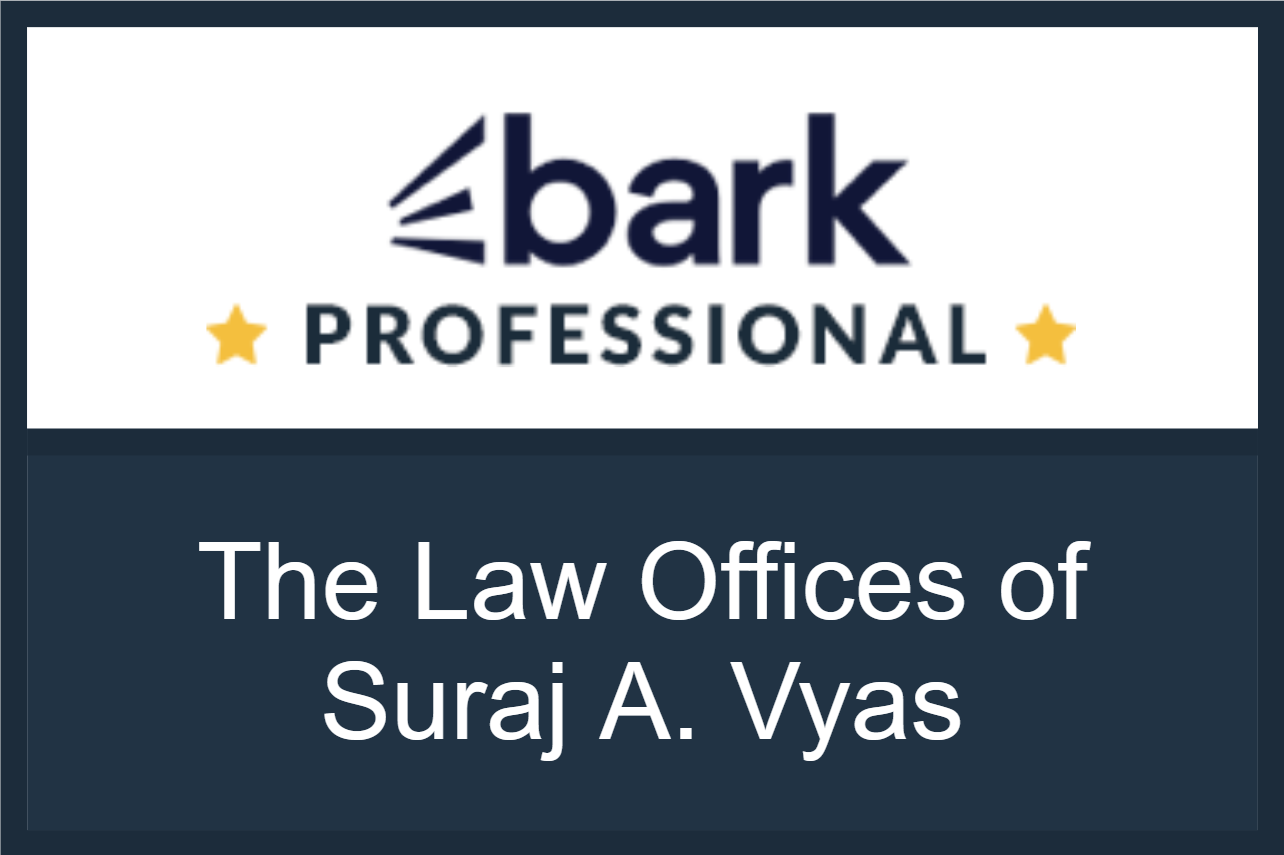UPDATE 12/31/2020:
Brian Frosh (Maryland’s Attorney General) and Karl A. Racine (DC’s Attorney General) and over a dozen other attorney general’s are putting their weight behind a federal lawsuit that may curb the abundance of ghost guns.
ORIGINAL POST (8/13/2018):
Posted by Suraj A. Vyas | 5 minute read
The Babylon Bee had a fantastic, satirical headline that read: "Experts Conclude No Threat From 3D-Printed Guns After Watching Nation Try To Operate Normal Printers," but are 3D printed ghost guns really a laughing matter?
What is a ghost gun?
A ghost gun is an unregistered firearm without a serial number. Ghost guns are not illegal so long as they meet the criteria set forth under the law (specifically 18 U.S.C.A. § 922). The main points for the purposes of the current discussion are that a person builds the gun themselves and don't proceed to transfer or sell the gun after building it.
Where does 3D printing come into play?
Ghost guns don't actually have anything to do with 3D printing. Americans have been making ghost guns since the creation of the United States. The reason 3D printing is coming up in the conversation is because they lower the barrier to entry for people to own ghost guns. Previously, only people with the technical knowledge to use the proper machines would be able to create their own ghost guns. Now, with a 3D printer, anyone with the right blueprints and the strong plastic material can create a ghost gun. This opens the door to many more people owning guns who may not have otherwise been able to pass a background check in order buy a gun. Without too much technical knowledge needed and blueprints being freely available, it could lead to thousands of additional guns that the government has no idea even exist. It's not easy to control whether these guns would end up in the hands of law-abiding Americans or more nefarious individuals.
So, why is this coming up all of a sudden?
In 2013, the United States Department of State sent a letter to Cody Wilson (Director and Founder of Defense Distributed) demanding he stop uploading 3D blueprints and schmeatics for firearms and AR-15 components. The State Department claimed that this violated the International Traffic in Arms Regulations (ITAR) because it constituted exporting complete firearms. In 2015, Wilson sued stating that the demand to take down these uploaded files was a violation of Wilson's First Amendment right because he was exporting lines of code, rather than exporting firearms. On June 29, 2018, a settlement was reached and starting on August 1, 2018, Wilson and Defense Distributed could resume the sharing of their blueprints. Attorneys general in New York, New Jersey, Pennsylvania, Massachusetts, Connecticut, Oregon, Maryland, and the District of Columbia filed suit stating this settlement threatens public safety and won a temporary restraining order mere hours before the August 1 deadline. On Friday, about half of the state's attorneys general sent a letter to U.S. Secretary of State Mike Pompeo and U.S. Attorney General Jeff Sessions demanding that the Department of State remove 3D blueprints for firearms from numerous sites. The legal battle will continue to rage on.
So, people can just make an AR-15?
You can legally buy almost every component of an AR-15 today without a background check. The reason is because only the receiver (the part of the gun with the trigger) is registered and requires the background check. The receiver is the part of the gun that is considered the "firearm" according to the Bureau of Alcohol, Tobacco, Firearms and Explosives. It is also one of the easiest components to 3D print. California is currently combating this issue. Before creating a firearm in California, a person must apply for a serial number and pass a background check. Then once a person finishes building the firearm, they must submit photos showing they serialized the legally required components of the firearm (like the receiver for the AR-15 example). California also has plans in place to require a background check for the purchase of any firearm component (triggers, bolts, barrels, etc.)
What does the future hold?
It's hard to say. Perhaps the government will continue blocking this settlement, but to what end? They can try, but it's unreasonable to think they'll be able to block every site, message board, or user uploading the blueprints. I can't imagine them cracking down in any way that would really be effective. Internet sharing moves at such a rapid pace that it would be a near impossible task. A bigger concern is if they moved to ban or restrict 3D printers. California has already tried to push legislation that outright bans 3D printers, but it seems like it was found to be too broad and was never ratified. 3D printers provide so much good for the world and it would be a shame for them to meet their death because someone used the technology in a destructive way. From replacement body parts to building shelters after a natural disaster, 3D printing is a marvelous thing.
Currently, things seem to be at a standstill and 3D printing isn't going the way of the dodo yet. TSA Spokesperson, Michael Bilello, states that the TSA has has detected two 3D printed guns and two 3D printed firearm components over the last two years. Last Thursday, Facebook issued a statement clarifying their firearms policy (which bars the sale or exchange of firearms unless you are a licensed dealer) stating: "Sharing instructions on how to manufacture firearms using 3D printers or CNC milling machines is not allowed under our Community Standards. In line with our policies, we are removing this content from Facebook." So, it look like the heat is off of 3D printers for now, but that could change. People with a political agenda love to throw blame around and distract people from the real cause of a problem. I hope the 3D printer isn't a casualty in the gun reform debate.
Learn more about this topic and get in touch with The Law Offices of Suraj A. Vyas through social media @SAVLawFirm












